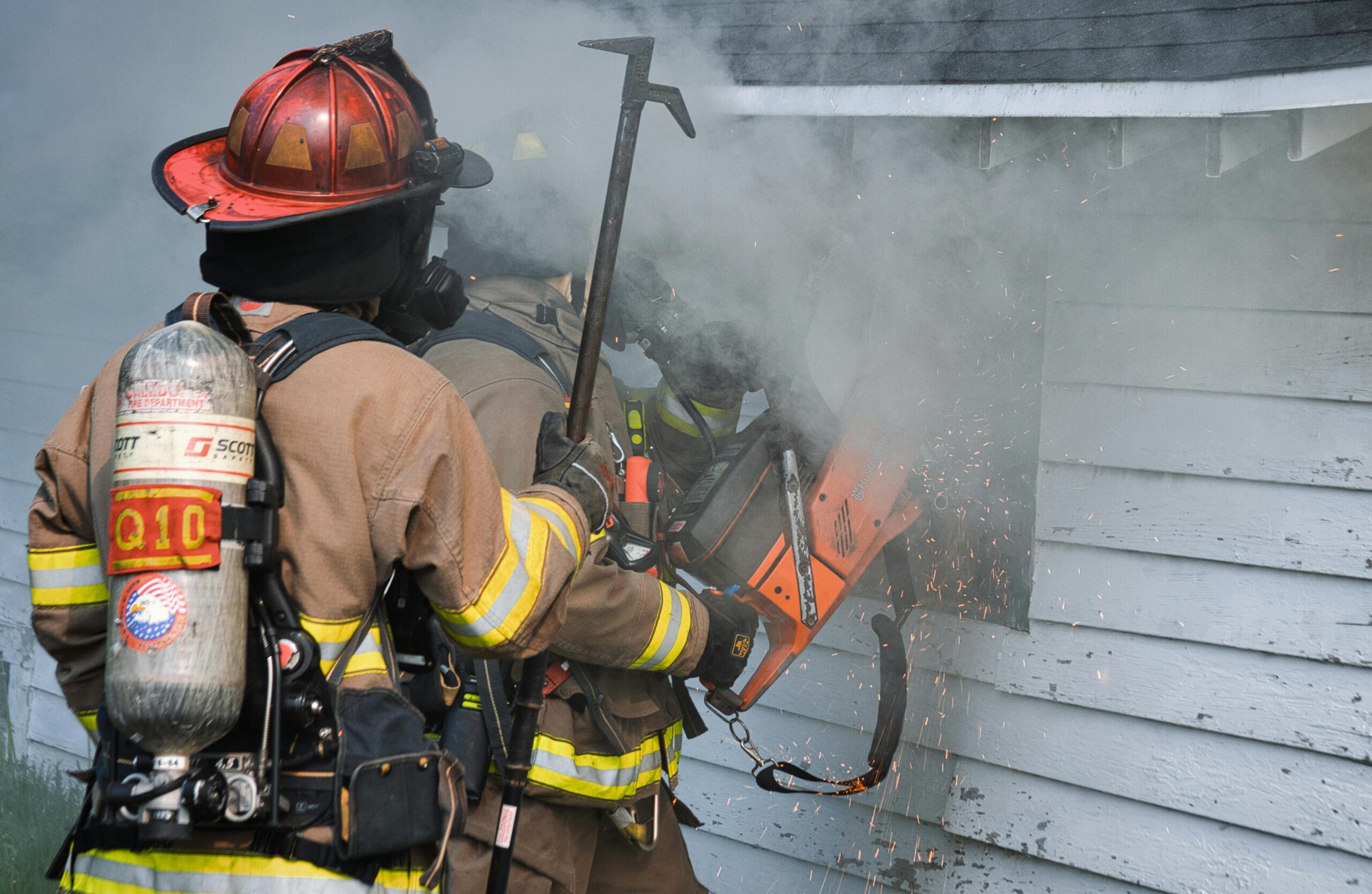The Impact of U.S. Wildfires on Real Estate and Insurance Markets
As wildfires become more frequent and severe across the United States, their impact on the real estate and insurance markets is becoming increasingly apparent. According to National Interagency Fire Center, over 7 million acres were burned in 2024, leading to significant property damage and reshaping how Americans approach homeownership in wildfire-prone areas.
In this article, we explore how wildfires are affecting real estate values, homeowner insurance premiums, and what steps can be taken to mitigate these challenges.
Rising Risk in Wildfire Zones
States like California, Colorado, and Oregon are among the hardest hit by wildfires, with entire communities facing evacuation or destruction. As a result, homes located in wildfire-prone areas are seeing dramatic shifts in real estate value:
- Declining Home Values: Properties in high-risk areas have seen a 10-20% drop in value due to increased buyer hesitancy.
- Growing Insurance Costs: Homeowners are facing soaring insurance premiums or, in some cases, complete denial of coverage. According to Insurance Information Institute, premiums in wildfire zones have increased by an average of 30% in the last three years.
Challenges in the Real Estate Market
1. Buyer Hesitancy
Potential buyers are increasingly wary of investing in properties located in wildfire-prone regions. Lenders, too, are reconsidering their policies, with many requiring additional assessments for fire risk before approving mortgages.
2. Stricter Building Codes
To mitigate fire risks, states like California have implemented stricter building codes, including requirements for fire-resistant materials and defensible space around homes. While these measures improve safety, they can also increase construction costs.
3. Limited Inventory
Wildfires have displaced thousands of residents, exacerbating housing shortages in affected areas. Many homeowners are choosing not to rebuild, further reducing the available inventory.
The Insurance Dilemma
Homeowners in wildfire-prone areas face unique challenges when it comes to insurance:
- Rising Premiums: The increasing frequency of wildfires has driven up claims, leading insurers to hike premiums.
- Non-Renewals: Some insurance companies are opting not to renew policies for homes in high-risk zones, leaving residents scrambling for coverage.
- State-Sponsored Programs: In states like California, programs like the Fair Access to Insurance Requirements (FAIR) Plan offer last-resort coverage but at higher costs and with limited protection.
Innovations and Solutions
1. Fire-Resistant Construction
Builders and homeowners are turning to fire-resistant materials, such as concrete siding, metal roofing, and tempered glass, to reduce risk. Landscaping practices, like creating defensible space, are also becoming standard.
2. Advanced Risk Modeling
Insurance companies are leveraging AI and satellite imagery to assess fire risk more accurately. This allows for more tailored policies and premium adjustments based on specific property characteristics.
3. Community Resilience Programs
Initiatives like Firewise USA encourage communities to work together to reduce wildfire risks through collective action, such as clearing brush and creating evacuation plans.
Case Study: Paradise, California
The town of Paradise, California, was nearly destroyed by the Camp Fire in 2018. Since then, the community has implemented fire-resistant building codes, improved emergency response systems, and encouraged residents to adopt fire-safe landscaping. These measures have made Paradise a model for rebuilding in wildfire-prone areas.
Expert Advice for Homeowners
- Assess Risk: Use tools like the Wildfire Risk to Communities platform to evaluate fire risks in your area.
- Upgrade Your Home: Invest in fire-resistant materials and create defensible space around your property.
- Review Insurance Policies: Ensure your coverage is adequate for potential wildfire damage and consider additional protections like umbrella policies.
- Stay Informed: Participate in local community programs and stay updated on evacuation plans and fire safety measures.
The Future of Real Estate in Wildfire Zones
As wildfires continue to shape the U.S. landscape, their influence on real estate and insurance markets will only grow. Innovative solutions, government intervention, and community resilience will play a critical role in addressing these challenges. However, buyers, sellers, and insurers must remain proactive in adapting to this new reality.
Share this content:














Post Comment